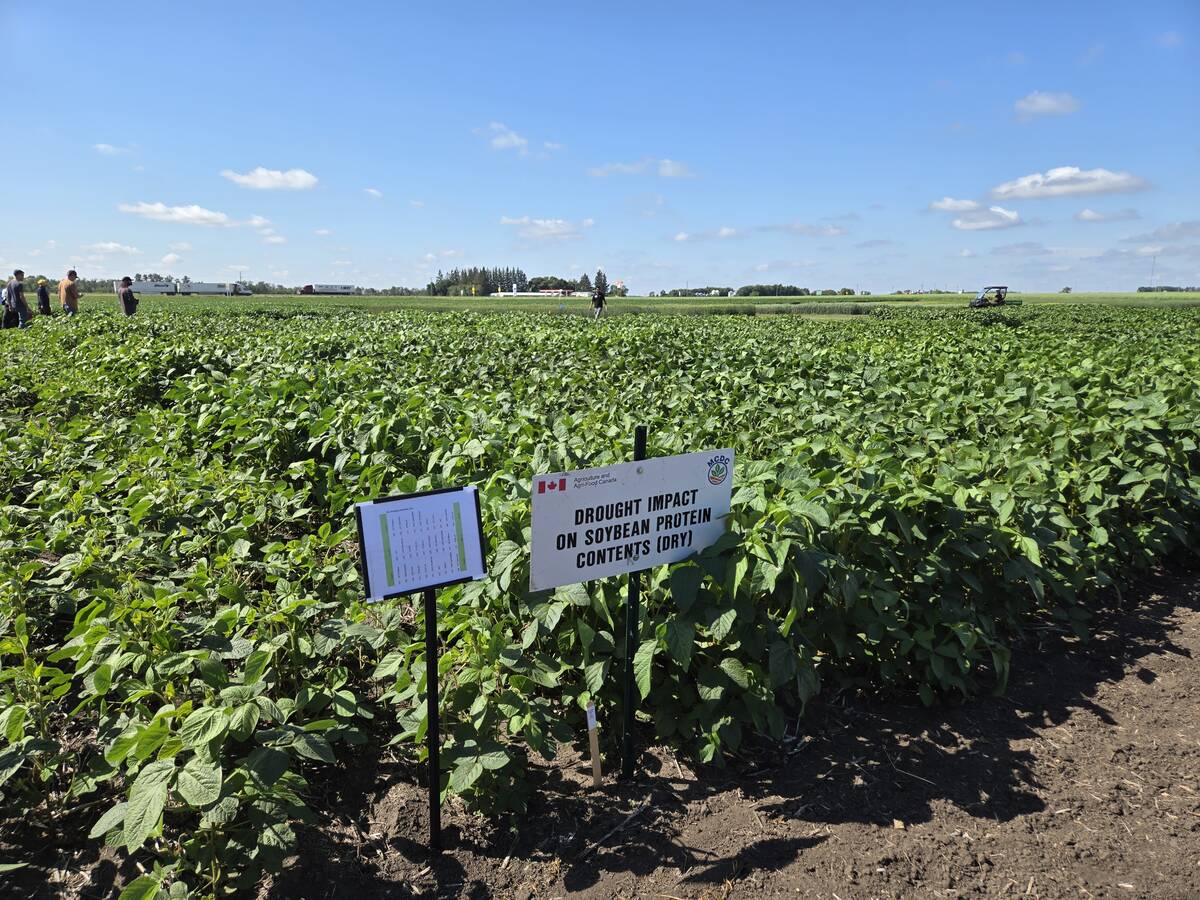opinion
New Zealand’s seemingly successful economic restructuring, which included eliminating almost all farm subsidy programs, has understandably drawn the attention of other governments that are also seeking ways to cut spending.
But there was a lot more to that restructuring than simply letting farmers sink or swim on their own in competition with U.S. and European export subsidies.
The Alberta Pool Budget newsletter recently noted comments by New Zealand finance minister Roger Douglas, who explained that farmers there lost subsidies, but also gained benefits from measures that reduced their transport costs.
Read Also

Carberry field day looks for agriculture solutions
Manitoba farmers explored research solutions for resilient crops, perpetual agronomic issues and new kinds of agricultural products at a field day at the Manitoba Crop Diversification Centre in Carberry on Aug. 6.
“His message was clear,” the Budget said. “A reduction in farmers’ costs must go hand in hand with reductions in government support.”
In the New Zealand case, some of the cost reductions came from deregulation in the trucking industry and from railway reorganization.
Similar benefits might be possible in Canada if government and industry officials concentrate on ways to reduce costs, although the methods here would naturally be different than the New Zealand experience.
For Canada’s major crops, volumes and distances to ports are simply too great to expect trucks to provide an alternative to the railways.
That means the railways effectively have a captive market for their services. One of the advantages of the current Western Grain Transportation Act is that railway rates are regulated and there are well-established rules ensuring farmers share in savings as the system becomes more efficient.
Those rules, and periodic examination of system costs, will become even more important to farmers if the two major railways push ahead with plans to merge many of their operations.
But governments shouldn’t stop there. If farmers continue to suffer from foreign export subsidies that depress world prices, governments should either be prepared to keep supporting this essential industry or they should reconsider the many ways they load taxes on it.
Farmers who export grain, for example, in effect pay the substantial taxes on railway fuel. Property-based school taxes often fall proportionately heaviest on the farm population. Closure of rural services is also a form of indirect taxation that adds to farm families’ commuting costs.
The current federal government, with its emphasis on teamwork with its provincial counterparts, is well positioned to lead a federal-provincial drive to reduce the direct and indirect tax burden on farmers, and ease at least some of the pain from past shortfalls in program funding.














